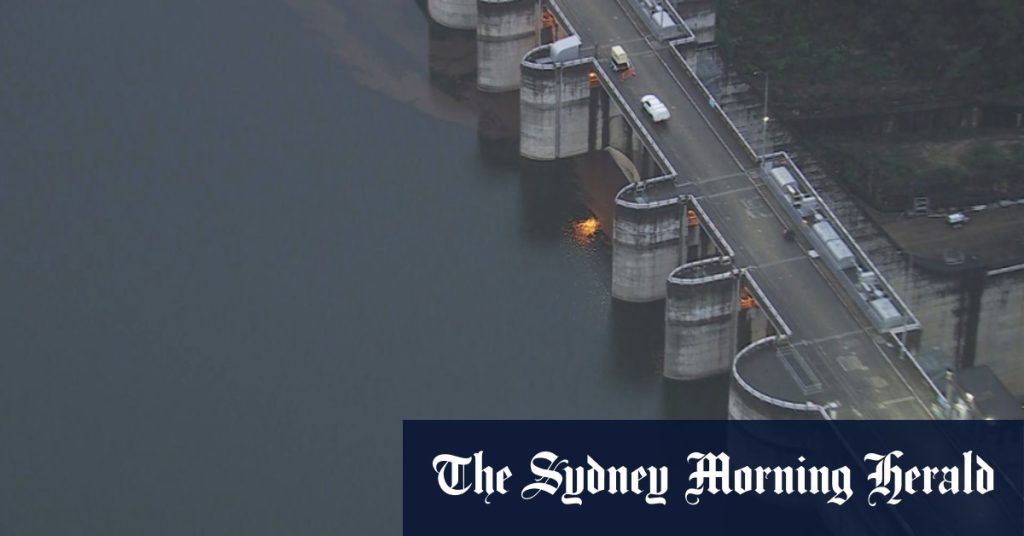The Bureau of Meteorology issued a severe weather warning for heavy rain in the South Coast, Illawarra, Southern Tablelands, and Snowy Mountains regions of New South Wales over the weekend. The upper trough bringing rain and thunderstorms meant persistent coastal showers that could lead to flash flooding in certain areas. Meteorologist Christie Johnson warned of six hourly rainfalls of 50 to 70 millimeters, with possible downpours of 100 to 120 millimeters, causing water pooling and flash flooding on already wet grounds in locations such as Nowra, Batemans Bay, and Ulladulla. The bureau also warned of minor to moderate flooding in certain catchments from late Saturday, urging residents to be prepared to move to higher ground if necessary.
The high-pressure system near Tasmania was responsible for driving showers onto the NSW coast, bringing moderate to heavy bursts of rain and dangerous surf conditions on Saturday. The bureau forecasted more rain for the southern coast of NSW on Sunday before a return to somewhat settled weather mid-week as a new high-pressure system drifts across south-east Australia. The heavy rainfall and potential for flash flooding prompted a call for residents living or working along rivers and streams to monitor weather forecasts closely and prepare for possible evacuation to higher ground if needed.
With rainfall falling on already saturated grounds due to recent weather activity, residents in the warned areas were advised to exercise caution and take necessary precautions to ensure their safety during the heavy downpours. The potential for significant rainfall and flash flooding in locations across NSW such as Moruya Heads, Narooma, and Araluen highlighted the need for vigilance and preparedness among residents and authorities alike. The bureau’s focus on potential flooding in certain catchments served as a reminder of the importance of staying informed and reactive to changing weather conditions to minimize the risks associated with severe weather events.
The persistent coastal showers and subsequent heavy rainfall on the east coast of NSW posed a threat of flash flooding, prompting the bureau to issue a severe weather warning for multiple regions in the state. With forecasts of significant rainfall totals and potential for minor to moderate flooding in certain catchments, residents in the warned areas were urged to stay informed and prepared for possible evacuation if needed. The bureau’s monitoring and alerts aimed to ensure public safety and minimize the impact of the adverse weather conditions on the affected communities, emphasizing the importance of being proactive and vigilant during such weather events.
Despite the disruptive weather conditions over the weekend, the bureau’s predictions of easing rain on Sunday evening offered some respite for the affected areas. The expected cessation of heavy downpours and dangerous surf conditions signaled a gradual improvement in the weather situation, providing hope for a return to more settled conditions in the coming days. As the high-pressure system near Tasmania continued to influence weather patterns, the bureau’s forecast of more rain for the southern coast of NSW on Sunday indicated ongoing monitoring and preparedness for potential impacts from the changing weather.
Looking ahead, the bureau’s assessment of a new high-pressure system drifting across south-east Australia mid-week suggested a shift towards more stable weather conditions. The prospect of improved weather and reduced risks of heavy rainfall and flash flooding offered reassurance to residents and authorities monitoring the situation. The emphasis on preparedness and vigilance during severe weather events remained vital, guided by the bureau’s forecasts and warnings to ensure public safety and minimize the impacts of adverse weather conditions. As the weather patterns continued to evolve, staying informed and proactive remained key elements in managing the potential risks associated with severe weather events.


